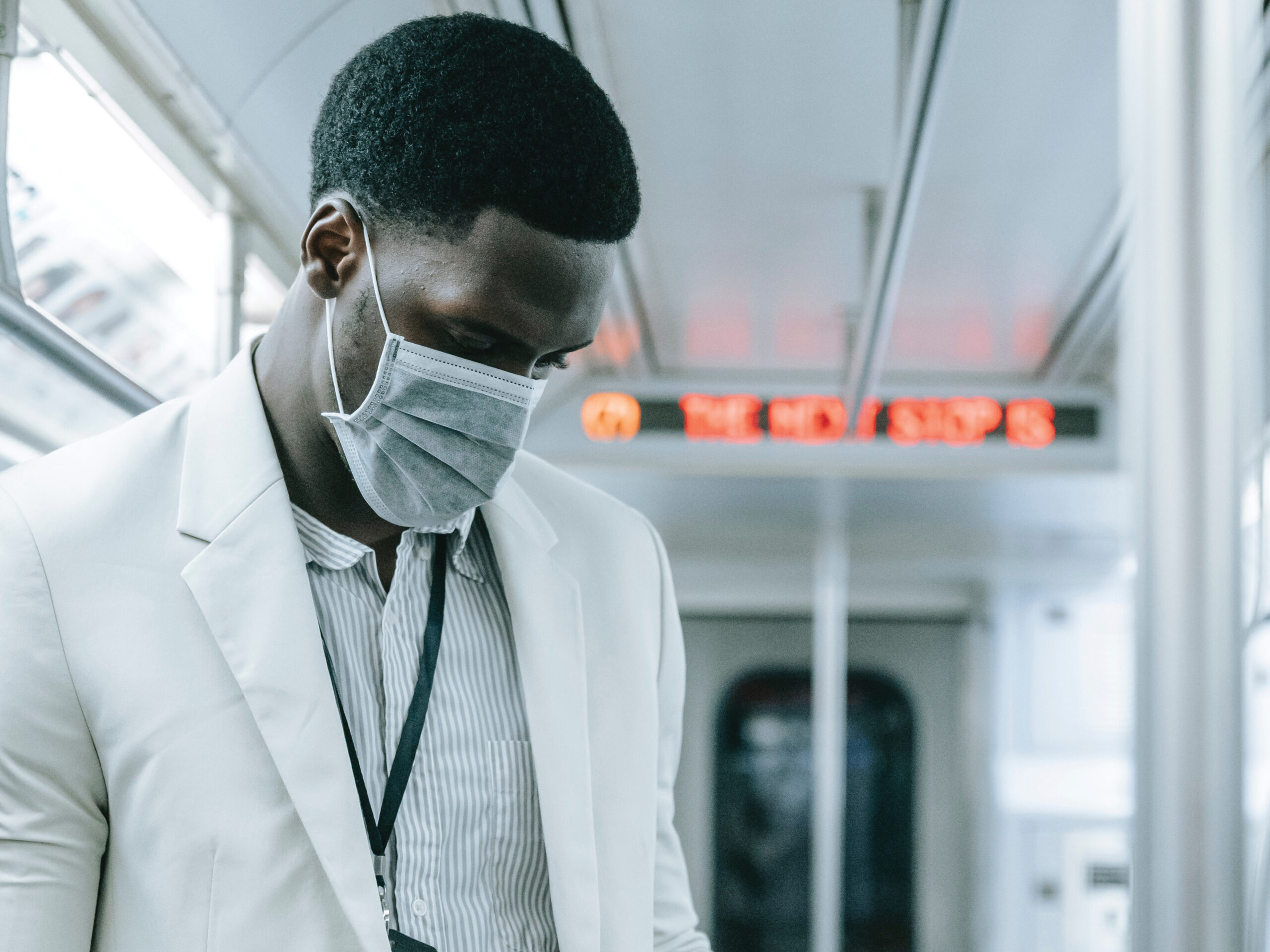
As California recovers from the recent wave of omicron cases, public health officials are warning about a newer, more infectious subvariant. Early data from the Netherlands suggest that the variant, BA.2, might be over 1.5 times as infectious as the original omicron variant. While officials do not think that BA.2 will have worse health effects than the original omicron strain, this higher rate of infection could potentially extend the current wave of infections that have hit the country. We need to be mindful of this threat, continue to remain cautious, wear masks and get vaccinated to prevent excess COVID-19 infections in a potentially extended omicron wave.
The omicron variant has completely dwarfed other COVID-19 variants in recent months. According to Nextstrain.org, roughly 98% of COVID-19 cases in North America are currently omicron. Due to its already high infection rate, this has led to more COVID-19 cases than ever before, leading to an all-time high of 1.35 million cases in a single day in the United States. Despite record-high COVID infections, the death rate of COVID-19-infected people is much lower than previously, partially because of the widely-distributed COVID-19 vaccines. Roughly a year since COVID vaccines have become available to the public, only 68% of the US population is fully vaccinated. Continuing to push vaccinations will help a great deal in the fight against further COVID waves.
Now that omicron has peaked, the recent downswing in cases has many excited. Barbara Ferrer, who is the LA county public health director, said, “This downward trend is encouraging, and it signals that we’re likely to have passed the peak of omicron transmission and are beginning to see a real decline in the number of newly infected individuals.” With BA.2 emerging in places like Denmark, which has the highest number of BA.2 cases so far, some health officials are warning of a longer-than-expected omicron wave. “Its increased transmissibility will prolong the omicron wave in many places,” said Eric Topol, who is the founder and director of the Scripps Research Translational Institute. Topol also urges continued vaccination against the COVID.
BA.2 also might create a possible risk of reinfection for individuals who have recovered from the original omicron variant. According to disease expert Trevor Bedford, “It may be possible to see some re-infections of individuals recovered from 21K by 21L” (21K refers to the original BA.1 omicron variant, while 21L refers to BA.2). This has yet to happen, however, and future research will reveal how likely this could be — or if it is even possible. As newer variants emerge, and the pandemic draws on, it’s important to remember to continue preventative measures like vaccination and social distancing to combat COVID.







